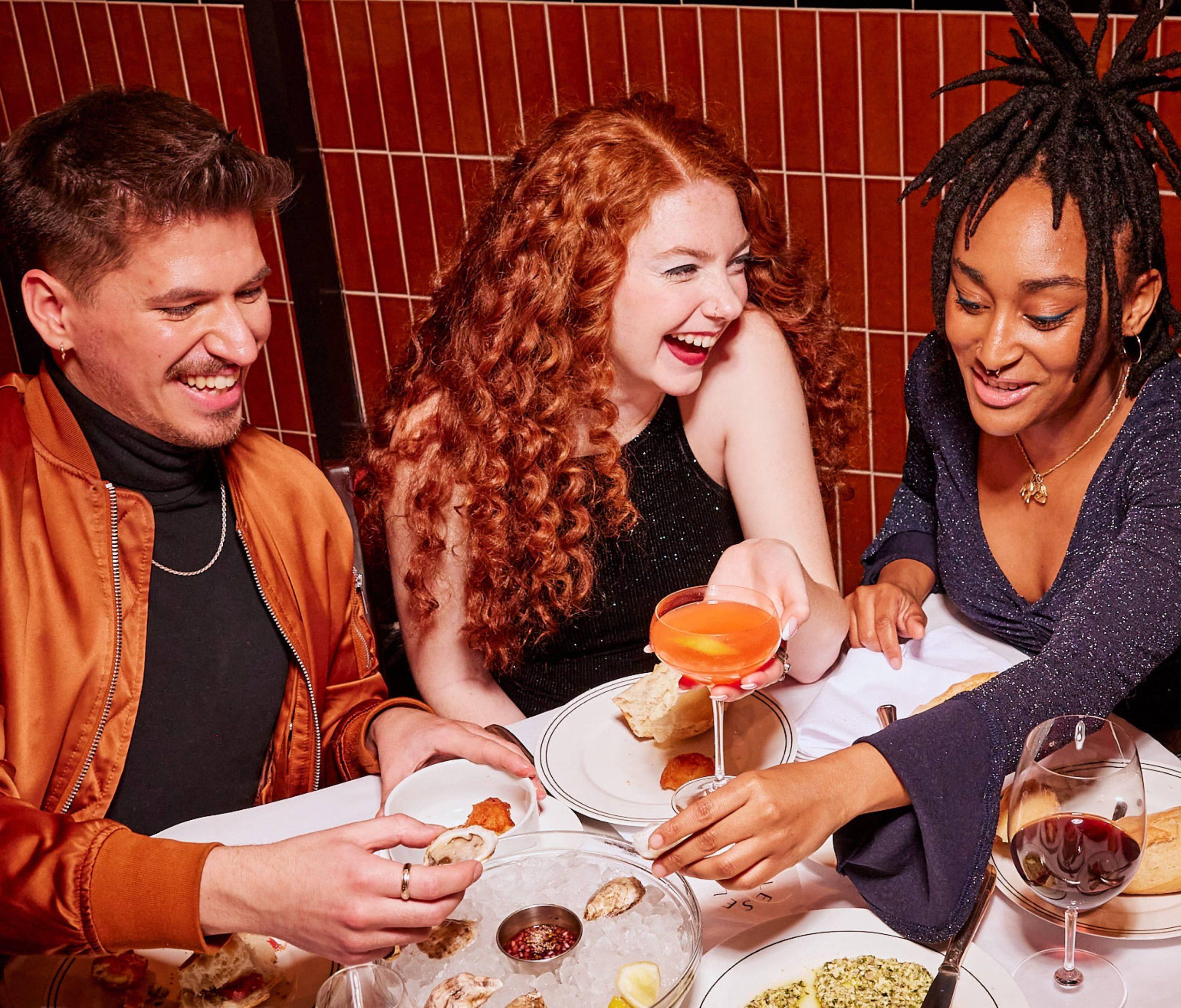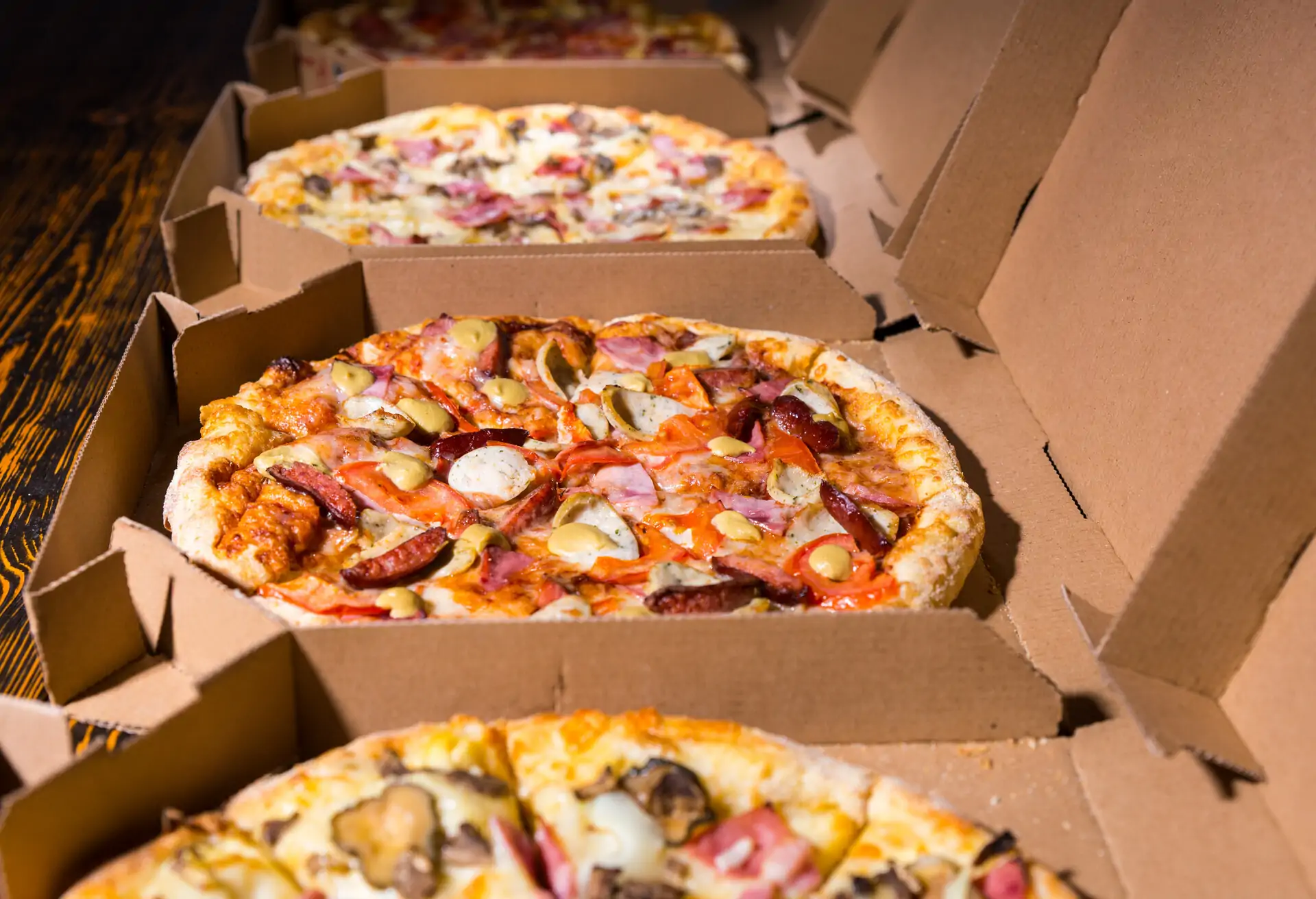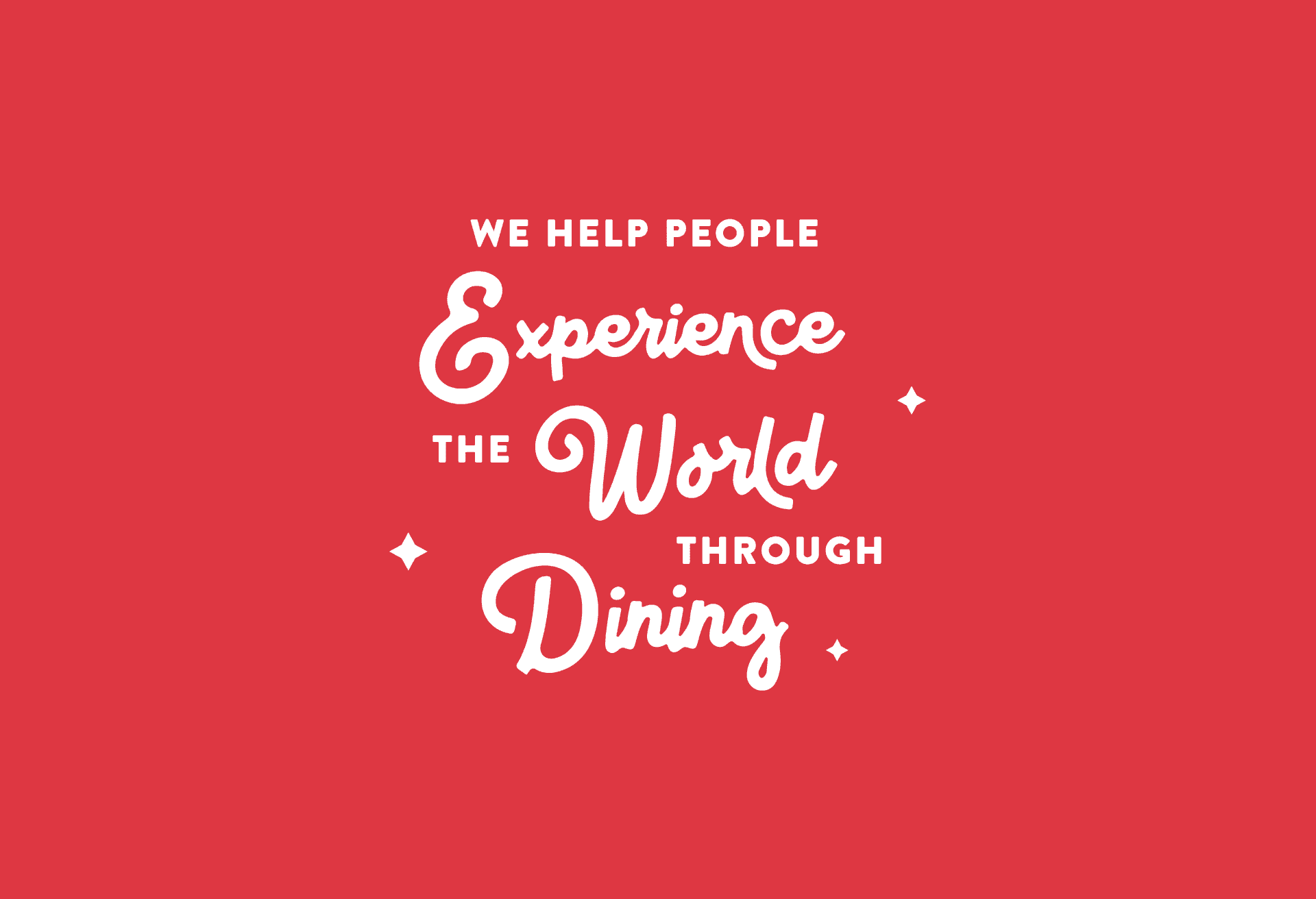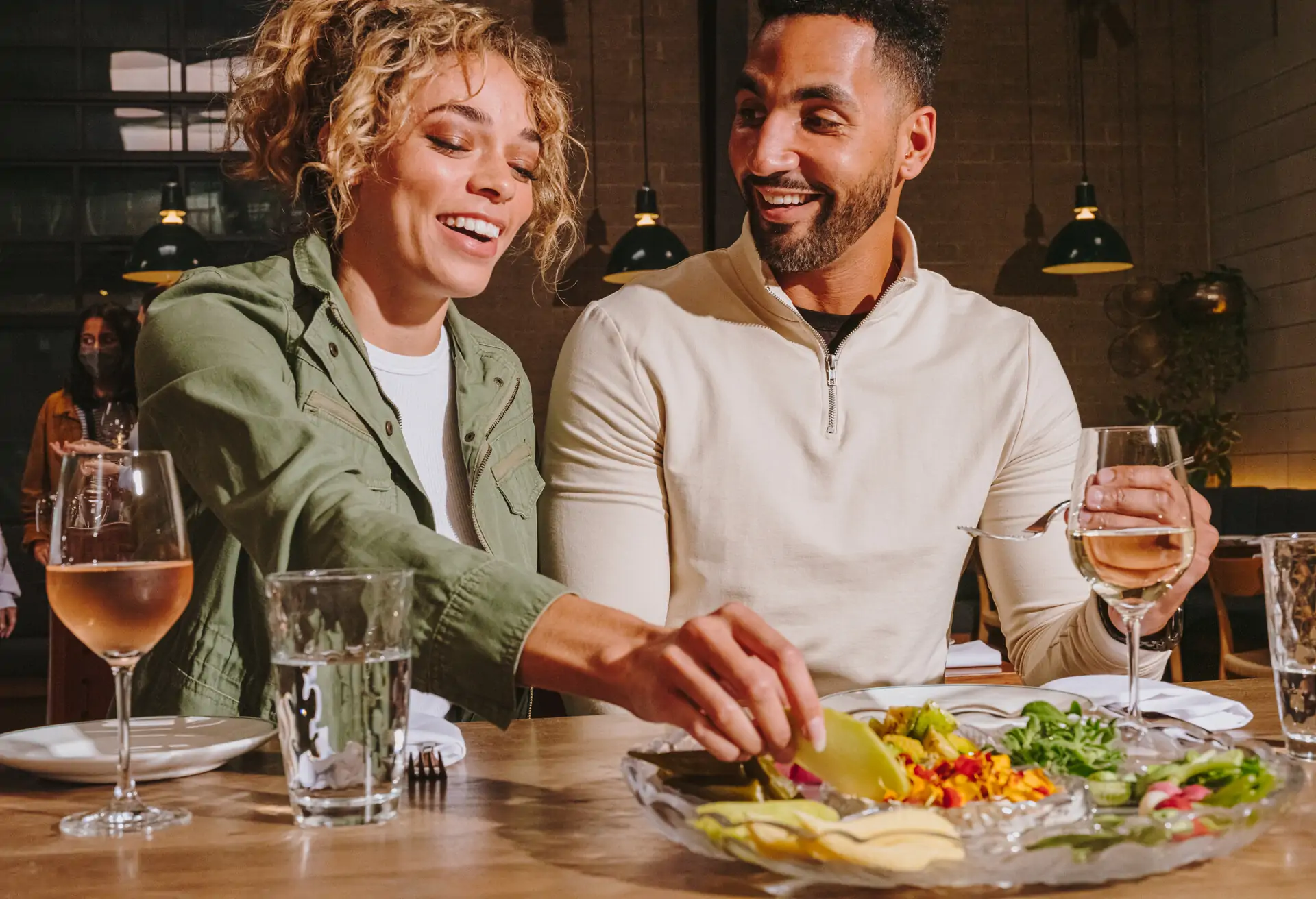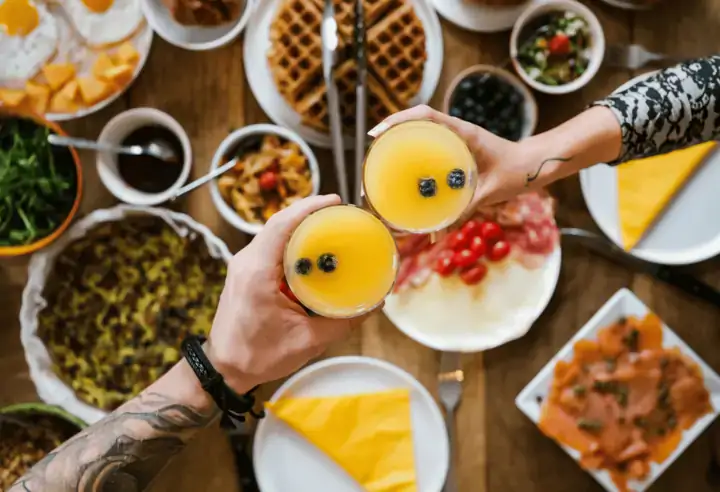Our best wishes go out to all who are dealing with this challenging situation. As COVID-19 continues to upend the hospitality industry, our community matters more than ever. In the coming weeks, we’ll highlight restaurants that are continuing to feed their communities, how diners are supporting their local restaurants, and what we’re doing to support the industry.
As Australia has introduced “social distancing” to combat the spread of coronavirus, restaurants have been forced to change how they operate. Operators across the country are adapting their menus for takeout and delivery so they can continue to keep the lights on and serve their communities.
Here are some tips for moving to delivery and pickup only in response to coronavirus.
Set up delivery now
After restrictions in San Francisco and New York went into effect, Atlanta’s Castellucci Hospitality Group proactively added Uber Eats delivery for all seven of its dine-in restaurants. The timing was smart – since then, the city’s mayor has limited restaurants to takeout only.
To reach the most diners, restaurants will likely want to look for a delivery provider with plenty of drivers and high demand. Luckily, companies are working to shorten the startup process for delivery. Uber Eats has ramped up efforts to support the restaurant industry across the world, starting with US & Canada and now including Australia, where they are waiving the delivery fee on all orders from independent restaurants to drive customer demand. They have also launched a daily pay-out feature to ensure help maintain restaurant cash flows. Similarly Deliveroo has introduced “Contact-free” delivery to ensure the safety of customers and their riders as they continue to provide regular updates to their restaurant partners on best practices during this crisis and what the government is doing to help.
Edit your menu to travel
Look at your current menu and see which items will be most conducive to being packed and transported. If necessary, add new ones that fit the bill.
“We see restaurants offering both standard and modified menus with success,” says Laura Englander, who leads strategy and business development for Caviar. “If you’re looking to modify, we recommend offering a more ‘casual’ version of the dishes you’re known for. Keep your menus smaller and focused versus trying to get everything online right away. We recommend having a good variety of healthy options, filling options, and above else, sticking to what you’re good at!”
Restaurant Elyros – specialising in cretan food with a focus on sustainable and local produce have pivoted to a trimmed down menu that can transport well. They have created a special menu page where customers can order, pay and opt for pick up, drive up or contact less delivery. They also deliver alcohol packs. Craving something easier? Customers can pick up bags of house made frozen dumplings from Oriental Tea House – Chapel Street or get DIY packs with the dumpling filling already mixed, so the entire family can join in for some dumpling fun.
Create a special menu
Fine dining and tasting menu-only concepts may find that none of their dishes are suited for delivery. If you want to stay open, try something completely new. That’s what Chef Ed Lee at 610 Magnolia did, creating a special to-go menu with simple salads, proteins (think fried chicken and pot roast), and brownie desserts.
Seattle’s Canlis team took it a step further. After the acclaimed fine dining restaurant was forced to shut down its dining room, they opened three new concepts: a bagel shop, drive-thru burger spot, and family meal delivery (bottle of wine included.)
Control quality
Writing about delivery for OpenTable, reporter Priya Krishna learned that salads and sandwiches tend to sell and travel well, and they are easily recognizable to a wide range of diners. Skip items sensitive to temperature changes, or any that need to be plated to truly shine. If you’re serving ramen or pho, for example, deliver noodles and broth in separate containers with instructions for reheating. Keeping this in mind we have seen high end restaurants able to pivot quickly to pick up but still maintain their food quality.
Restaurant Lee Ho Fook in Melbourne is running a smaller takeaway menu revolving around rice and noodles that is available for contactless and cashless pick up, while Cumulus Inc is keeping it simple and ensuring quality is maintained by offering a limited menu of their homestyle meat dishes and salads.
Create family meals
On your delivery menu, make it clear how many people each dish will serve. Castellucci’s restaurant teams created new dishes specifically to feed families of two to four. In response to COVID-19 restrictions, Boston’s fine-dining spot Talulla launched “Casseroles for a Cause,” allowing diners to order frozen soups or baked pastas. (Bonus: for each purchase, the restaurant donates bagged lunches to families in need.)
Make it affordable
Englander advises keeping dishes as affordable as possible – $50 entrees are a tough sell for delivery, she notes. An upscale city menu’s $24 pasta may not translate to delivery, where customers expect more options around $14 or even $8. Many restaurants are offering 10%- 30% discounts on delivery items, compared to the same dine-in dishes, to find a friendlier price point.
Offer pantry staples and meal kits
Restaurants in Australia are now offering rescue packs, produce boxes and even bottled cocktails to help get their customers through these tough times.
Mister Bianco offers a selection of homemade fresh pasta, fresh sauces, mains, sides and desserts for pick up or delivery. While Smith & Daughters held a pop-up where they offered an “all-you-can-carry” produce box for $60.
Sydney’s Kepos street kitchen offers delicious middle eastern food for breakfast, lunch and dinner. In light of this crisis they are now offering takeaway Kepos produce boxes that contain pantry essentials so their customers don’t miss out.
In Melbourne, Oster, that specialises in traditional italian food with focus on seasonal, local and sustainable dining has an online grocery store offering pantry staples such as milk, eggs, freshly baked sourdough, cultured butter, olive oils, cheese and coffee. Customers can order the Bunker Box – a 5 day supply for two people or the Nonna’s box containing pastas and sauces. Each box comes with instructions on what to do with the ingredients. A wide selection of local wine’s is on offer as well.
Involve your staff
“Our number one goal is keeping our staff employed for as long as possible,” says Castellucci. He’s putting managers to work in line-level positions so he can keep paying them a wage.
Similarly, Canlis’ new casual solutions are keeping their staff of career servers and wine experts working, even if the work has changed. Whether it’s helping manage delivery orders, facilitating takeout, or otherwise shifting responsibilities, do what you can to take care of your staff.
Reduce person-to-person interaction
Consider collecting payment before pickup or delivery to eliminate physical interaction between staff and diners. Many POS integrations allow you to set up an online menu where diners can order and pay ahead of time. Pre-payments guarantee the payment and eliminate the need for staff and diners to touch a credit card.
Another great option to reduce physical interaction is curbside pickup.
Get the word out
Post a link to your delivery profile page on your social media channels, and email your guest database to let them know they can order from you (see email templates here). OpenTable restaurants can use the guest frequency report to find a list of everyone who visited during this time period last year.
